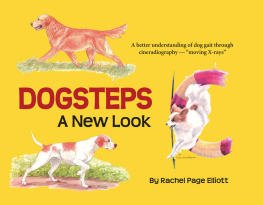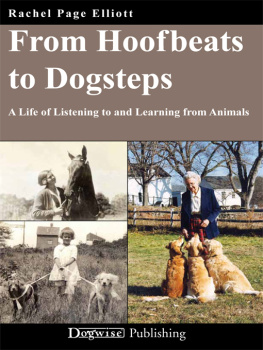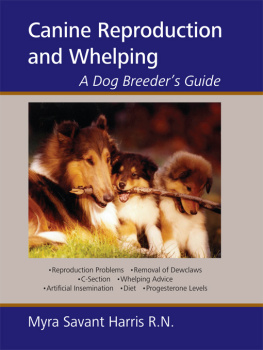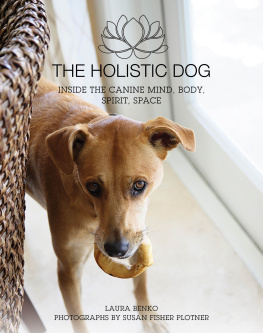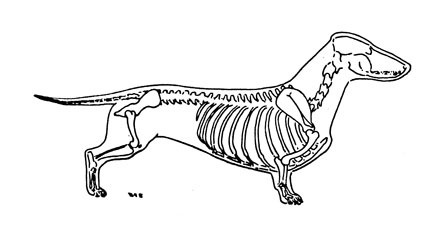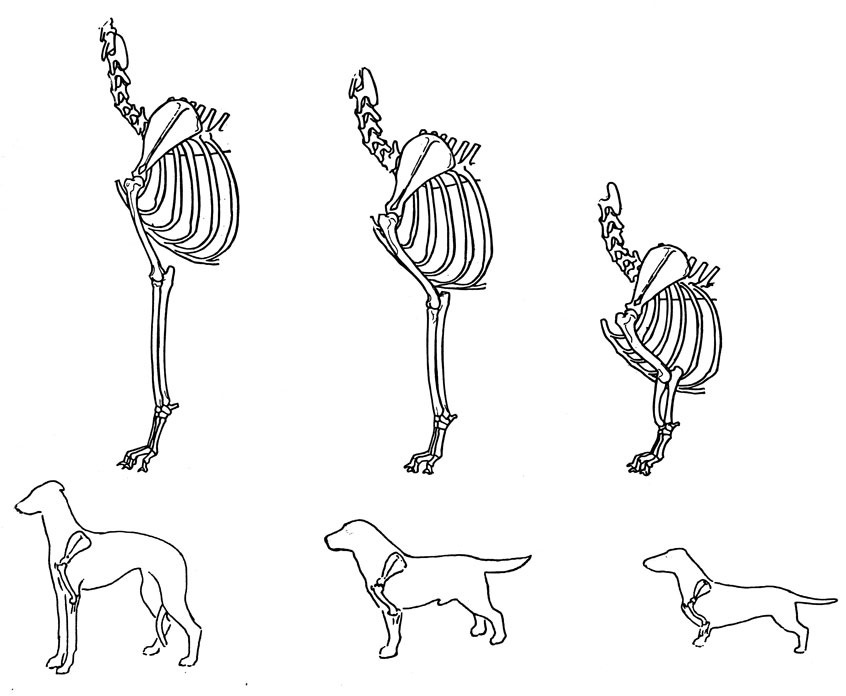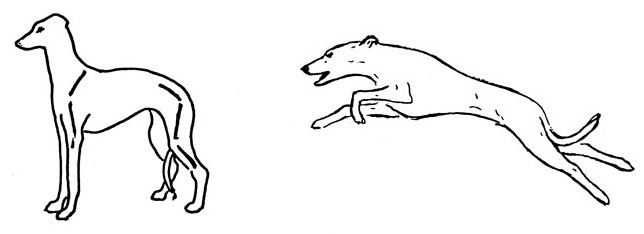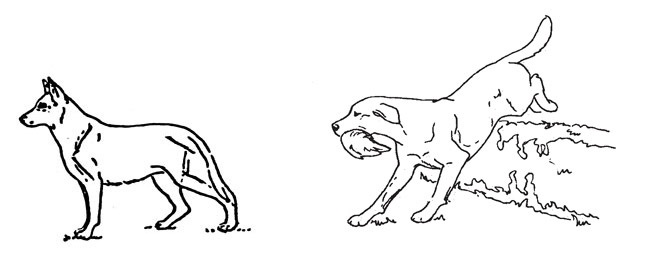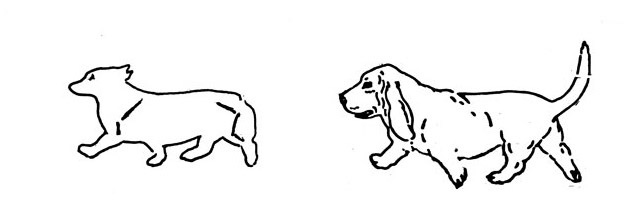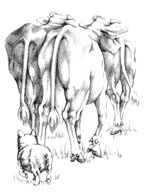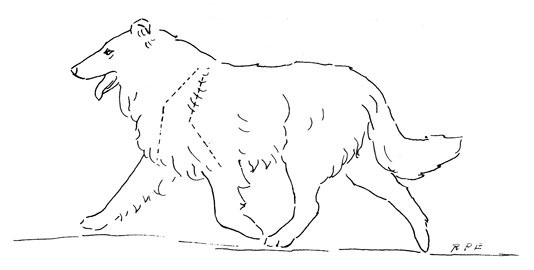Rachel Page Elliott - Dogsteps: A New Look
Here you can read online Rachel Page Elliott - Dogsteps: A New Look full text of the book (entire story) in english for free. Download pdf and epub, get meaning, cover and reviews about this ebook. year: 2014, publisher: CompanionHouse Books, genre: Detective and thriller. Description of the work, (preface) as well as reviews are available. Best literature library LitArk.com created for fans of good reading and offers a wide selection of genres:
Romance novel
Science fiction
Adventure
Detective
Science
History
Home and family
Prose
Art
Politics
Computer
Non-fiction
Religion
Business
Children
Humor
Choose a favorite category and find really read worthwhile books. Enjoy immersion in the world of imagination, feel the emotions of the characters or learn something new for yourself, make an fascinating discovery.
- Book:Dogsteps: A New Look
- Author:
- Publisher:CompanionHouse Books
- Genre:
- Year:2014
- Rating:5 / 5
- Favourites:Add to favourites
- Your mark:
Dogsteps: A New Look: summary, description and annotation
We offer to read an annotation, description, summary or preface (depends on what the author of the book "Dogsteps: A New Look" wrote himself). If you haven't found the necessary information about the book — write in the comments, we will try to find it.
Legendary breeder and world authority on canine movement Rachel Page Elliotts classic volume Dogsteps has been the definitive manual on canine movement for four decades. Dog show judges and breeders around the world have relied upon this straightforward text and its cineradiographic illustrations to gain a more complete understanding of canine gait. Even with the passing of its famous author in 2009, no other volume has stepped in the path of Dogsteps.
Upon its publication in 1973, the Dog Writers Association of America bestowed upon Dogsteps its highest award Best Book of the Year. More than an analytical look at canine gait, the book teaches the reader about canine anatomy and how each body part contributes to a dogs correct movement. In the show ring, judges evaluate a dogs movement to determine whether or not the dog is correctly structured: Dogsteps explains what the judge isor should belooking for in lay mans terms, making this book essential for all breeders, judges, exhibitors, and students of purebred dogs.
The book begins by explaining the terminology commonly encountered in describing canine anatomy (e.g., stop, occiput, withers, hock, croup, etc.) and showing three comparative skeletons (dog, horse, and human), pointing out critical similarities and differences between each. The author describes the eight natural gaits of dogs and how each is accomplished in specific dogs; these include: walk, amble, pace, trot, hackney gait, suspension, canter, and gallop.
Individual chapters are devoted to the topics of angulation, toplines and tails, front assemblies, and shoulder assemblies. Each chapter is illustrated with moving x-rays to give the reader a clearer picture of how each anatomical region affects the dogs gait, pointing out common flaws, the importance of correct structure, and how balance and ease of movement are achieved in a properly put-together dog.
In an effort to provide dog breeders with a manual for breeding sound dogs, Rachel Page Elliott makes a case for correct structure as the most important aspect of keeping a breeders line going strong. Recognizing faults in movement and structure, while not the primary intent of the book, allows the reader to be more aware of the many structural pitfalls that threaten the quality of many purebred dogs today. Beyond having a great breeder as a mentor, Dogsteps is the single best source for learning all there is to know about canine anatomy, structure, and movement. The author concludes, Experience is a good teacher, but knowledgewith a little luck!steers the shortest way to lasting success.
Rachel Page Elliott: author's other books
Who wrote Dogsteps: A New Look? Find out the surname, the name of the author of the book and a list of all author's works by series.

